
Calisthenics for beginners: exercises and routine
Calisthenics routines for beginners, exercises by level, and complete workout to progress safely and effectively.

The holy grail of the fitness world has always been trying to gain muscle mass and lose fat at the same time. When you've been learning about these issues for a while, you realize that the general consensus seems to be that the process to follow is to do a bulking phase, in which you gain muscle mass and also gain fat, and then a cutting phase, in which you lose that fat and also lose some of the muscle mass you gained, but not all of it, resulting in a net increase in muscle.
Another general consensus is that gaining mass and losing fat at the same time is something that only occurs in beginners who are just starting out with training, but it is not possible in people who already have gained muscle and have been training for a long time.
But now comes the interesting part, in recent years, leading voices in the "scientific" fitness community have begun to suggest that perhaps this "body recomposition" is possible even in advanced athletes, if certain guidelines are followed and optimized.
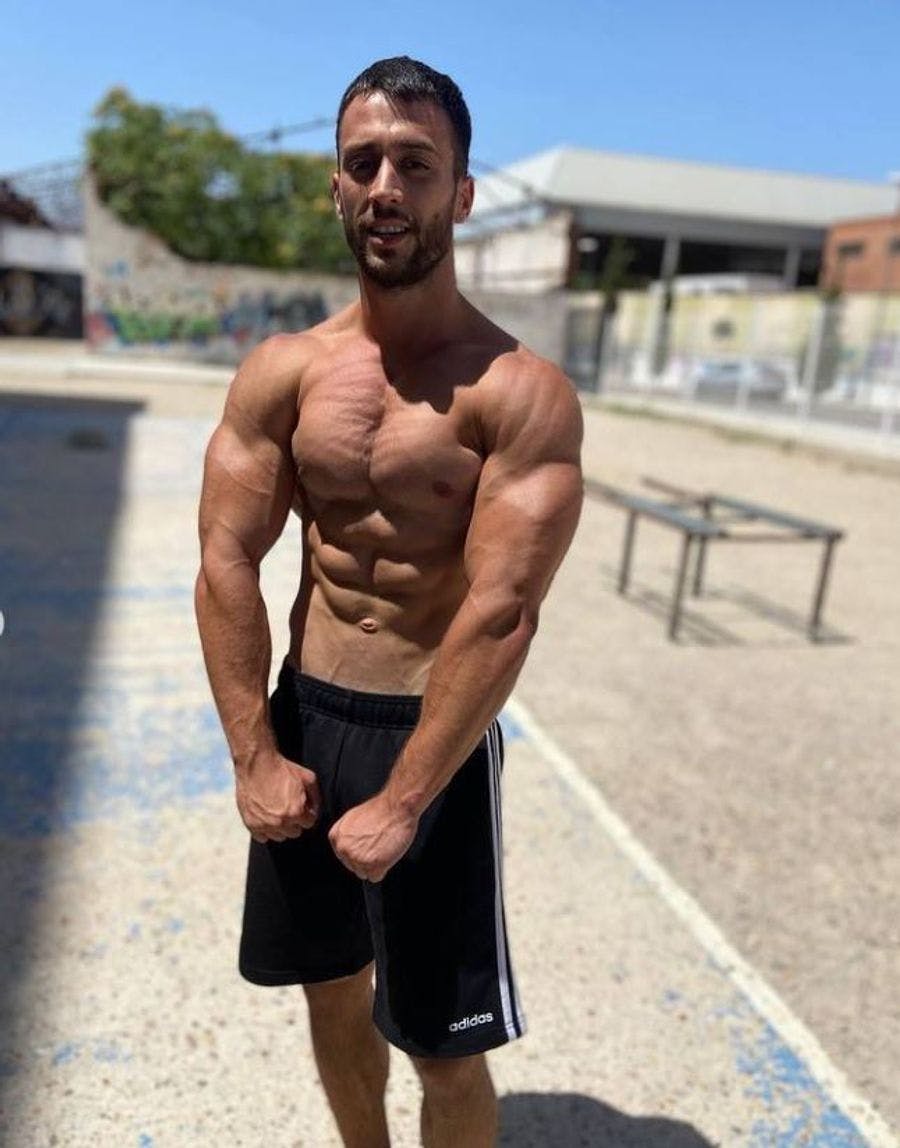
At first it seems that, within the complexity of this body recomposition, it would be easier for people who are losing weight, with a hypocaloric diet. Although with the patterns that we are going to study below you can make a diet that in principle could be normocaloric or slightly hypercaloric and that also produces a drop in fat (without defying the laws of thermodynamics).
In this article we are going to discuss what those factors would be to optimize, whether you are a beginner and want to get the most out of your possible body recomposition, or if you have been training for a while and want to try to achieve it.
Diet close to normocaloric
Recomposing your body, by definition, requires that your diet be close to the calories your body needs to maintain your current weight. If the diet has too few calories, you will inevitably lose fat and also muscle in different proportions, and if the diet has too many calories, you will inevitably accumulate fat, even though you manage to gain muscle mass.
In case you have a significant excess of fat, you would have to follow a slightly hypocaloric diet, to try to lose that fat, but that the calories are not excessively low so that your muscle does have the possibility of growing.
In case you do not have a significant excess of fat, the idea would be to eat a diet with just the calories your body needs to maintain itself, or slightly higher (about 200 or 300 kcal maximum). In the following guidelines we will see how to try to convert this small excess into muscle mass and not into fat accumulation.
Regarding physical activity you have two options, you can modify the diet for the days you train, adding 100 or 200 more kcal. Or you can make an average between the calories you would need on training days and rest days (taking into account how many days a week you train and how many you rest) and use that average for every day. In the end, in the overall calculation of the weeks or months, the result would be equivalent.
To measure all this and know exactly how many calories you need, we will use calorie measurement tools, such as freely available mobile applications. These types of applications, and even the most serious bibliographical references, can give you reference values taking into account your age, weight, height and so on, but the only way to know the real values for you is trial and error. You should also keep in mind that these values are not fixed forever, but rather they move as your body evolves. If you want more information on how to carry out these measurements and how to manage them as you evolve, I recommend the article on how to do bulking and cutting.
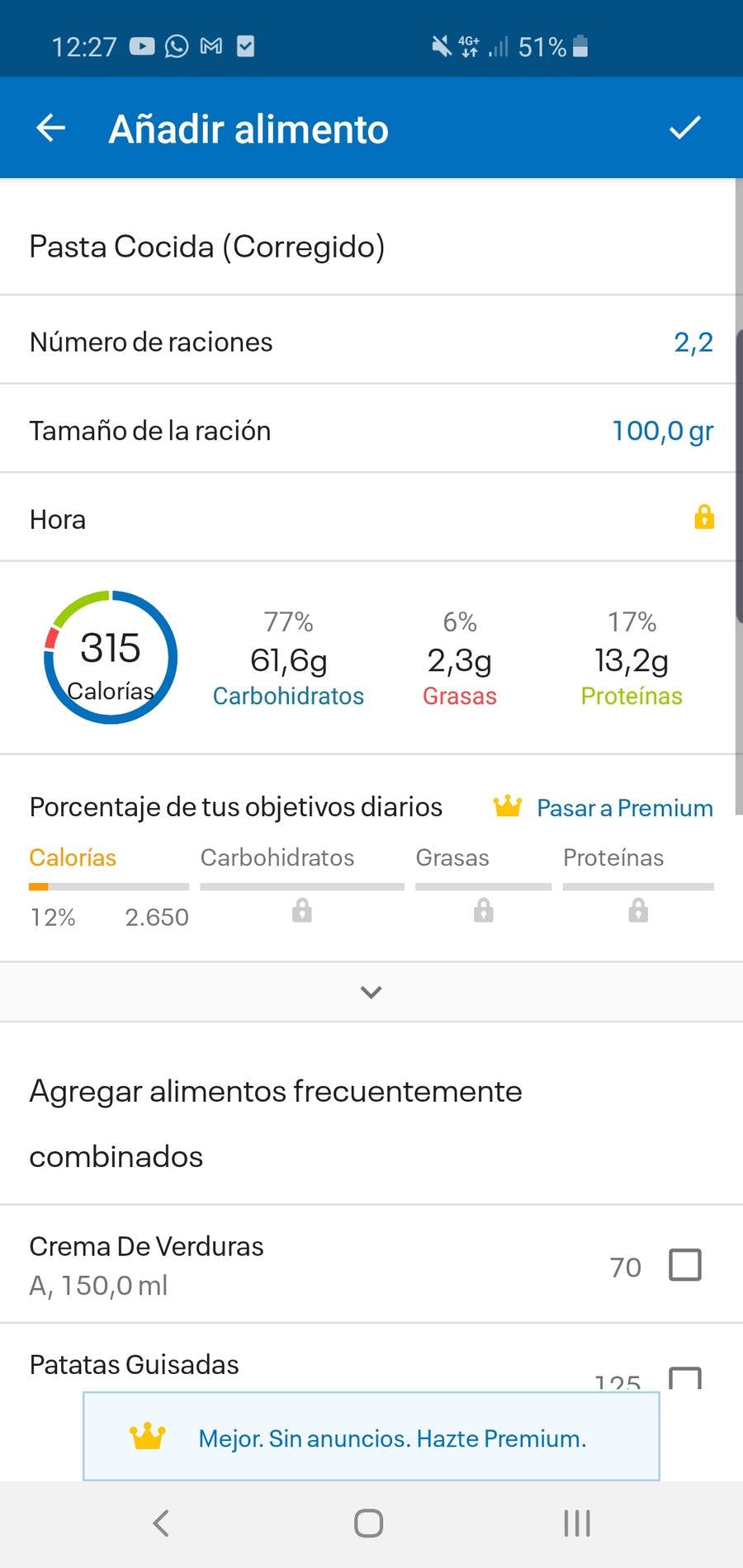
Light cardio
One of the ways to try to "hack" this process of burning fat and gaining muscle is to add ways to burn calories but with a very low intensity exercise that allows the body to use fat as an energy substrate, and not be forced to resort to other substrates.
In reality, your body will always use the different forms of energy, it is not possible that it only uses the fat reserves at 100%. But depending on the type of exercise and the intensity with which we do it, we can encourage it to use one or the other more. Another factor to consider is that the more we encourage the body to burning fat, the more efficient it becomes at doing so, so progress may be slower at first and speed up over time.
What forms of gentle exercise can we use? Mainly walking, light jogging, pedaling, swimming... All of them in such a light way that at no time you notice your heartbeat or breathing accelerated.
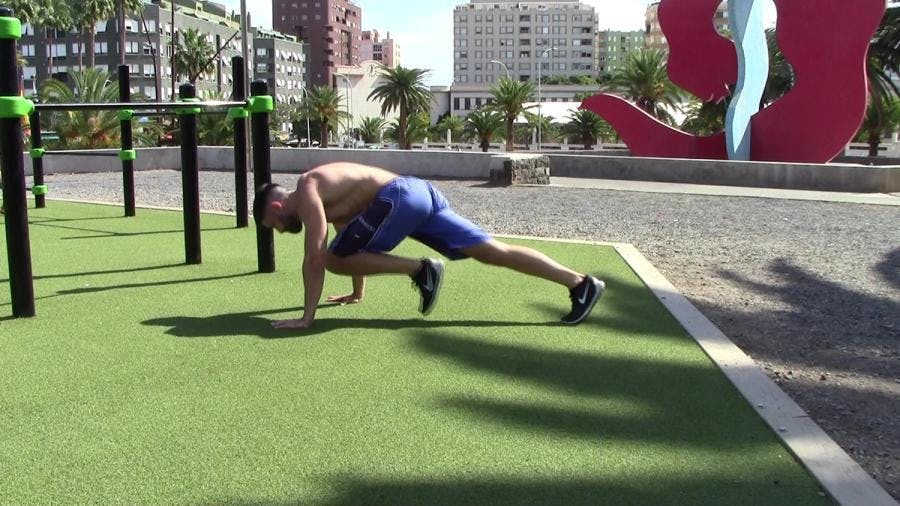
Normally the most used resource is to count the steps and make sure you do at least 10,000 daily. This value of 10,000 steps is certainly arbitrary, but in practice it seems to be a good reference.
To count the steps you can use an application on your mobile or a smart watch. Be sure to do these steps, or an equivalent effort in other forms of light cardio, every or most days. In this way there will be synergy between your almost-normo-caloric diet, your training and your cardio.
Optimize sleep
One of the most important and often underestimated factors in optimizing your training results, muscle mass gain, and fat loss is sleep.
The recommendation that I make is that you try to sleep for a minimum of 7 hours, with an stable schedule that adapts to the natural cycle of day and night. Make sure that your sleep is quality sleep, in a very dark room, without noise or distractions.
As bedtime approaches, avoid bright white or blue-toned lights and try only low-wattage, warm-toned lights. Activate the “night light” or “reading light” option on your phone, which you can program to activate automatically at night.
In addition to tracking sleep, you can also use an application that will analyze your sleep pattern and help you improve it. I personally use a so called “Sleep Cycle”

Our goal of body recomposition is quite complex and difficult to achieve, so it is important that we have control of everything that can benefit us.
Push-pull-leg routine
After analyzing the highest level natural bodybuilders, it seems that the approach they use the most is to divide the workouts into push-pull-leg training or some slightly modified variant of this type of training. So I recommend you try it for this goal of body recomposition.
Normally we will train more than 3 times a week, I recommend between 4 and 5, so what we will do is rotate these training sessions in turns. You can also give priority and repeat more times the training that you consider needs more reinforcement or that needs more volume of work, for example, the leg workout is usually a good candidate to have more frequency.
I leave you some examples of routines of each type with Calisthenics:
Push Routine Example
Pull Routine Example
Leg Routine Example
Water and salt
Another of the "secrets" of natural bodybuilding that have ceased to be so secret in recent years is the issue of water and salt. Traditionally, due to the influence of doped bodybuilding, many people believed that in order to look more shredded and with fuller muscles, without having water retention under the skin, it was convenient to reduce salt and even cut water at certain times.
The problem is that it can be effective when you have external doping substances that allow you to use those resources. But in natural bodybuilding without substances, it is the other way around.
Increasing your water intake and your salt intake will facilitate the accumulation of glycogen and intramuscular water (not subcutaneous) so you will have a more "full" and rounder appearance, among other benefits.
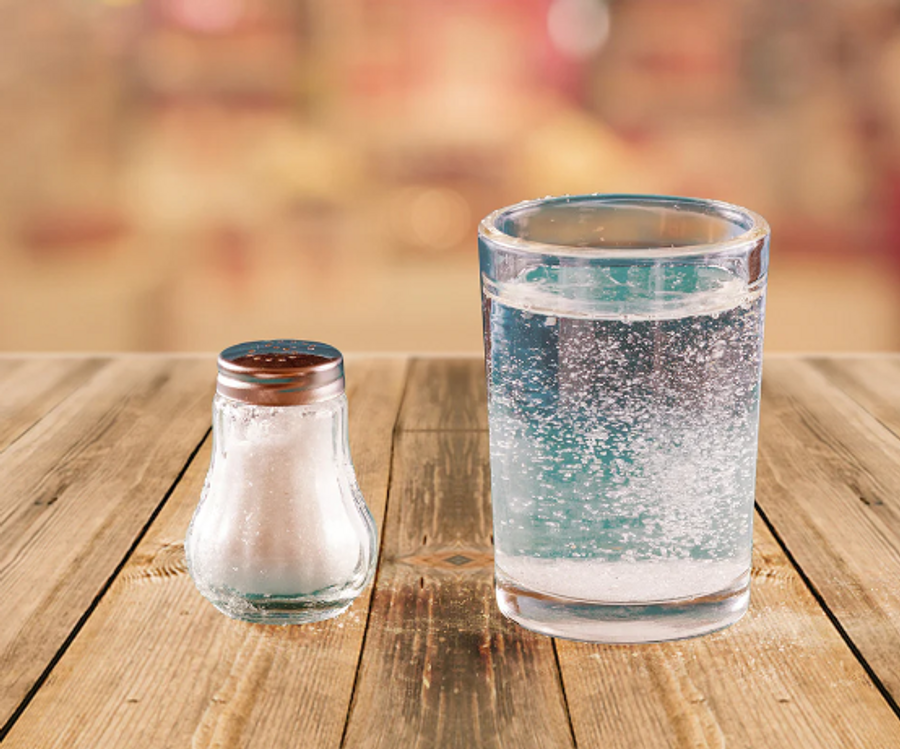
(you don't have to drink salt water, just make sure you drink the amount of water we recommend and add salt to your meals)
The generic recommendation that is usually made to ensure that we are very well hydrated is to drink between 0.6 and 0.8 liters of water for every 10 kilos of weight. Therefore a person of 70 kg. of weight would have to drink between 4 and 5.5 liters of water a day. Another way to check that we are always well hydrated is by the color of the urine, the idea is to try to make it always clear, except for the first one of the day. The recommended amount of salt is usually in a ratio of 0.5 grams of sodium per liter of water, or 1 gram of conventional table salt per liter.
Obviously we recommend consulting to your doctor to see if this is suitable for you, since there are certain pathologies or conditions that may require sodium or water control.
Supplementation
Another of the correct knowledge that, luckily, has become more and more popular is that supplements do not work miracles. The important thing is training and diet, while supplements can give you a little extra in your performance and your results. The point is that for a body recomposition, we do care a lot about that little extra.
Therefore I recommend paying special attention to supplementation, albeit with a simple approach. The supplements that have proven their effectiveness the most and that interest us the most for the purpose of this article are creatine and protein powder.
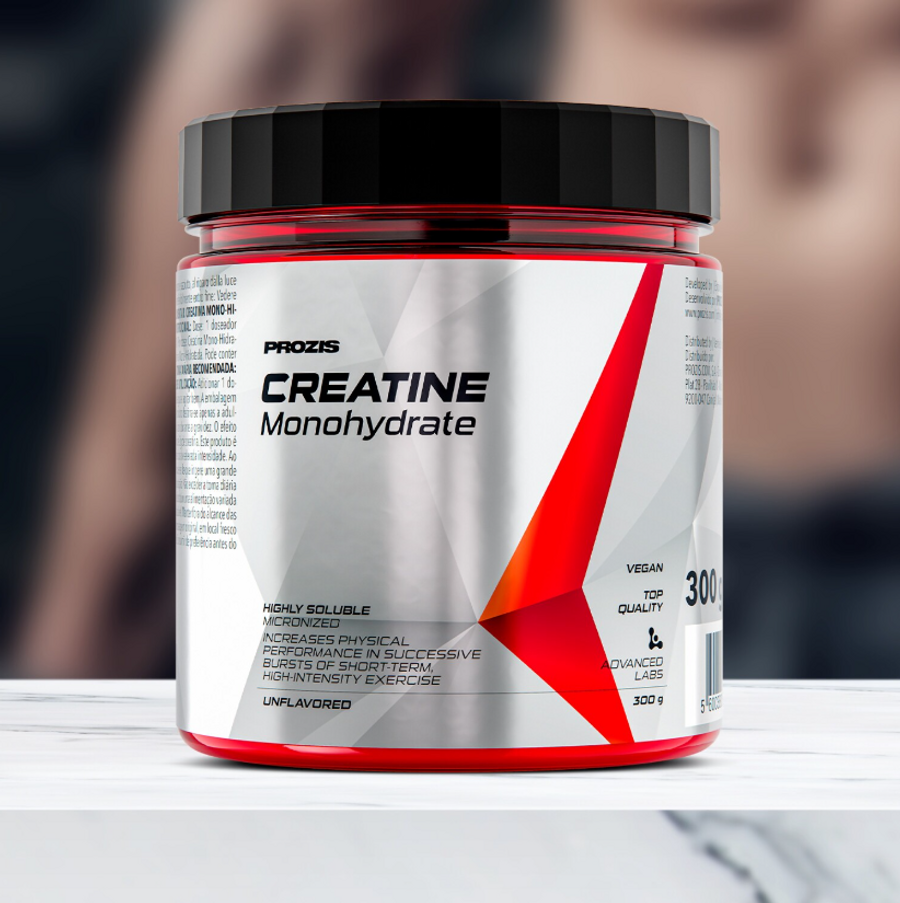
With the protein you you will ensure that your diet is not deficient in this macronutrient and that you always have reserves available to build muscle. And with creatine, you'll have an almost endless list of benefits, including: improved performance and increased muscle mass.
I leave you links to Prozis where you can buy these products and get a 10% discount plus gifts using the code: YERAI
Protein: prozis.com/xZXH
Creatine: prozis.com/xZXv
Sun (vitamin D)
Another factor that is known to be not the most important, but that can provide us with a small percentage of improvement that in our case interests us a lot, is vitamin D.
Normally it is obtained with some animal foods and with exposure to the sun, although it would be advisable to supplement it to ensure that you have optimal levels.
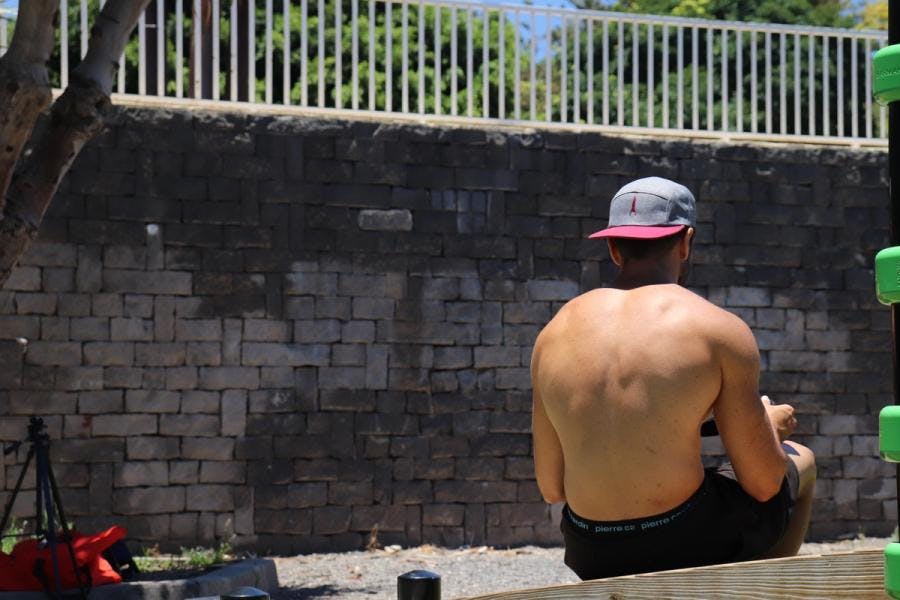
Vitamin D is very important to have hormonal levels that promote muscle mass gain and fat loss, favoring our testosterone levels to increase.
If you have the option of sunbathing, we recommend that you do it daily, for 15 or 20 minutes. Avoid the strongest hours of sun and use sun protection if you are going to be there longer, have very white skin or are going to sunbathe at mid day.
If you don't have the option of sunbathing, I'll leave you the Prozis link where you can buy vitamin D3
Vitamin D3: prozis.com/y7Mw
Conclusion
Achieving a body recomposition in non-beginners is no longer an unattainable myth, but requires a very precise intervention in which different aspects of our daily routine are optimized. If you have the 7 points that we have explained in this article under control, you will have a much better chance of achieving it.
Join our newsletter
Learn everything you need to know about calisthenics

Calisthenics routines for beginners, exercises by level, and complete workout to progress safely and effectively.
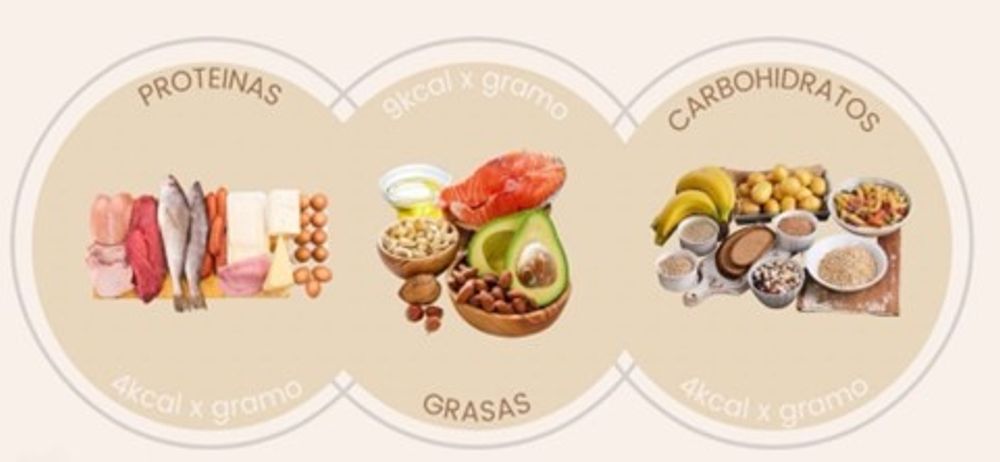
Learn all about macronutrients: their roles, types, and the importance of nutrient timing for sports performance. Read our complete guide for athletes.
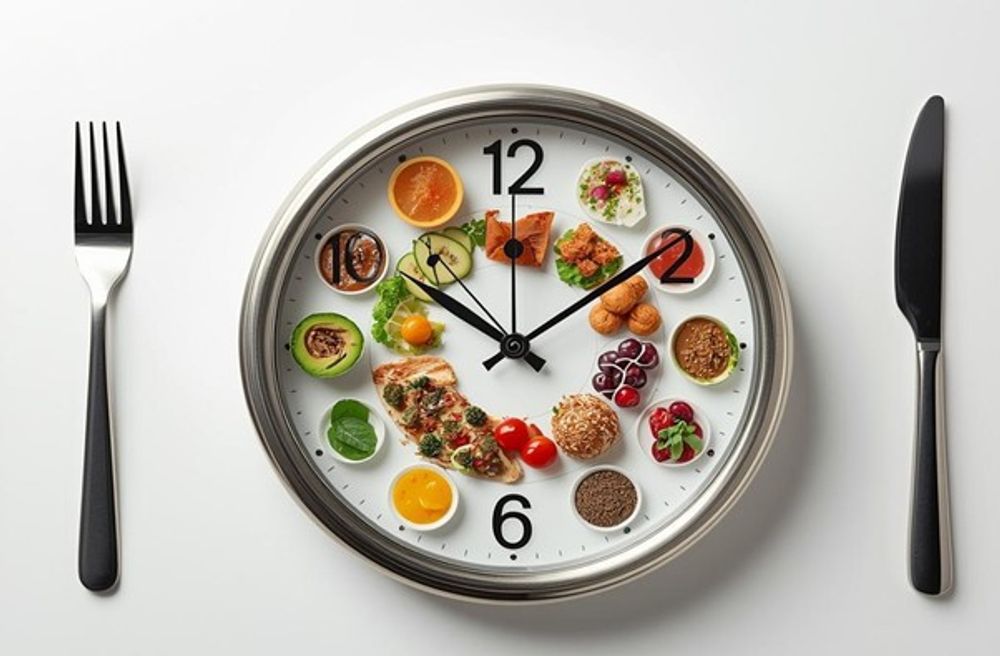
Not sure what to eat before training calisthenics? In this article, we explain the ideal pre-workout nutrition based on your specific type of training session.
